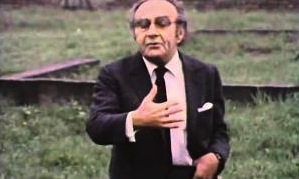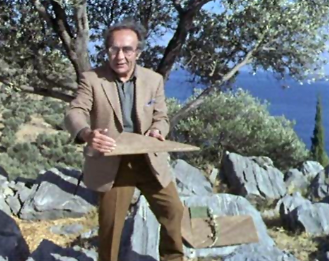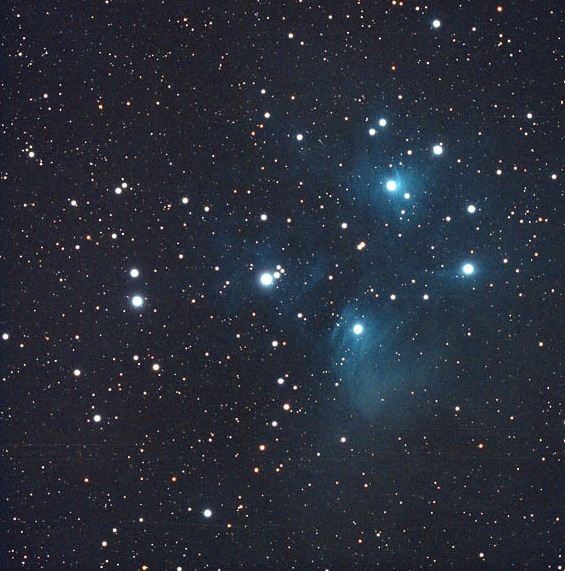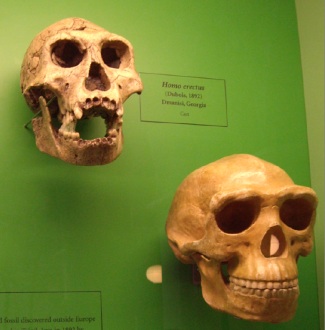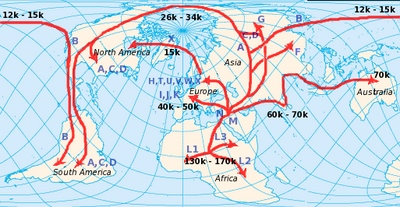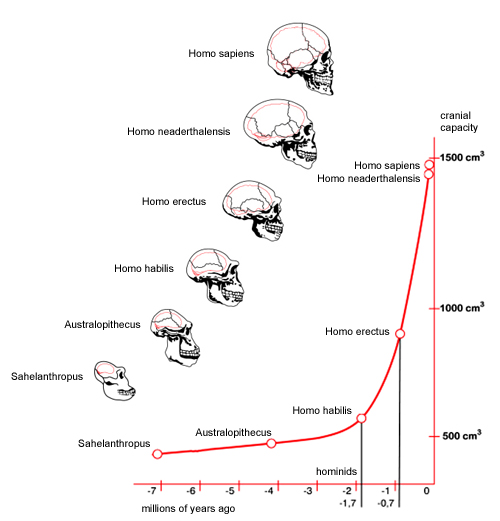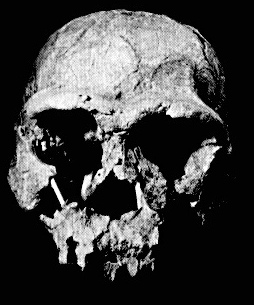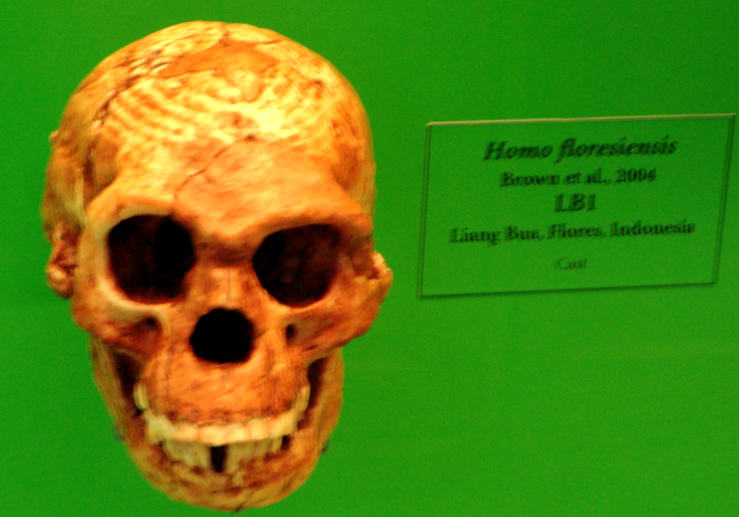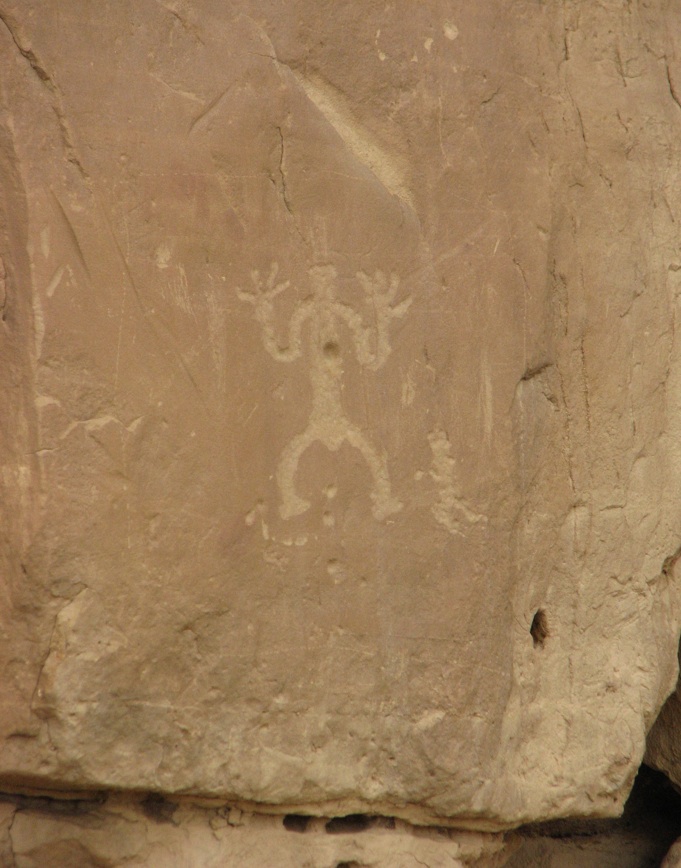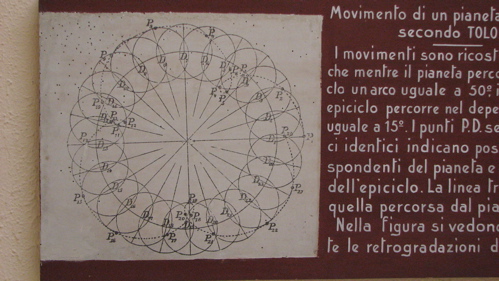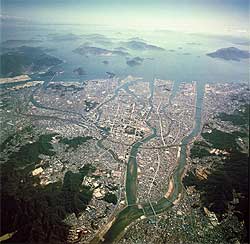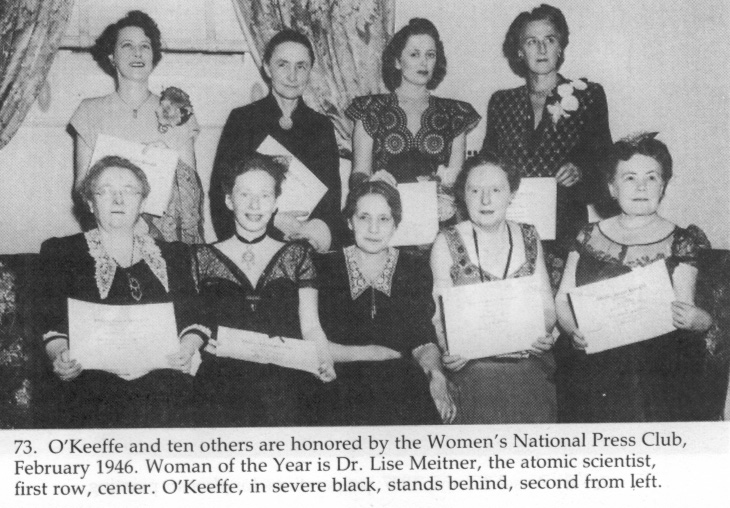How is the Cosmos knowable?
Bronowski says that human dignity lies in our capacity to know, interpret, correct and sustain our coherence in the prevailing impressions of the universe called the Cosmos by the Greeks.
• What are Bronowski's criteria for considering a set of related concepts as comprising a "visionary moment, when it was transformed by a new conception either of nature or of man?"
• How is it that the Greek conception of the four elements (or the Chinese belief in five elements) was found to be inaccurate? What did Mendeleev rely on in order to replace these erroneous assumptions about the hidden worlds within worlds?
• Can you describe the content and substance of four or five examples of periods when people overthrew older, erroneous ideas about humans and the natural world and were replaced by what the poet Yeats called " 'monuments of unageing intellect'?"
• Do make and keep a list of bridge ideas or connections between people or events described in Bronowski's chapters and ideas associated with Feynman's book, Mayr on Darwin, Kaku on Einstein, Dubos on disease, or Keller about genetics?
• In what ways or how does Bronowski use analogies effectively to reveal the significance of his arguments?
• Do track the number of incidents and describe the ways Bronowski uses paradoxes to convey the power of inerrant testing of observations that reveal the enduring character of the natural world.
• What holds your attention in the book and where do you want further clarification of important concepts?
The pattern which connects
The patterns of images and realities.
The Pleiades in the night sky are a backward look in time.
Staircase in the ascent
From Homo erectus to Homo neanderthalensis the greatest transformation reshaped human ancestry indelibly altering the known world.
Human migration patterns as traced by DNA divergence into isolated groups over time.
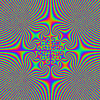 Take the walk with Bronowski
Take the walk with Bronowski
These peaks in the cultural achievements of humankind "I call the Ascent of Man"
The comparative skulls of homo erectus (fire user) & homo floriensis (the Hobbit of Indonesia).
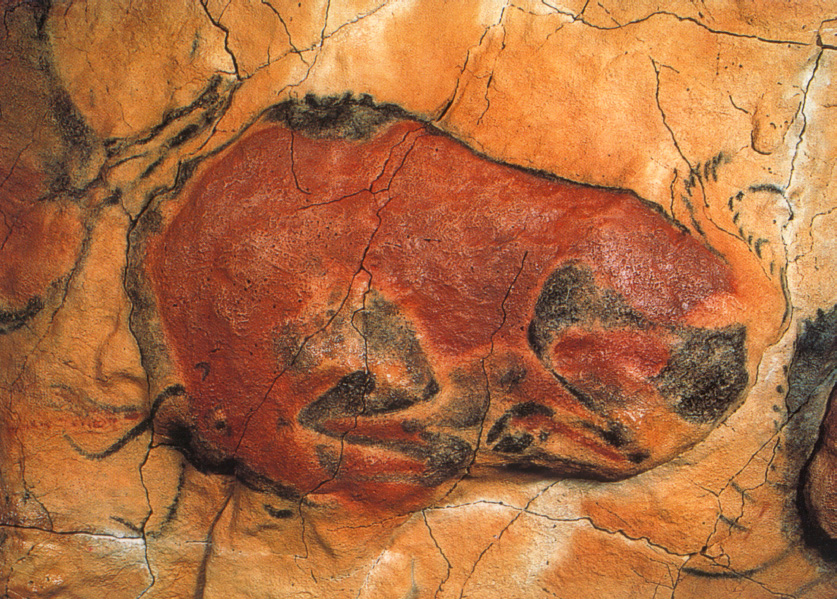
The 30,000 year old representation of an animal, the bison; Altamira cave, Spain.
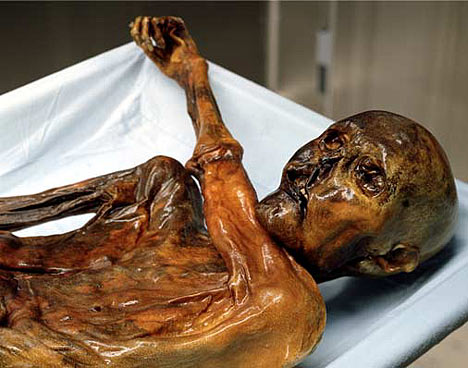
Buried by the ice in Otzal Alps the five thousand year old human remains with both stomach contents, a bag of herbs, and tools.
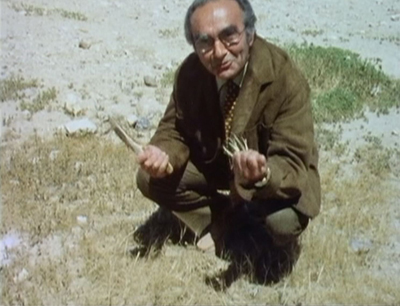
The domestication of plants and animals; wheat especially shown here is but one in a number of examples of the enduring transformation of humankind that is substantial evidence for Bronowski's thesis.
Petroglyphs, the human representation, Chaco Canyon, New Mexico; human capacity to alter environmental conditions.
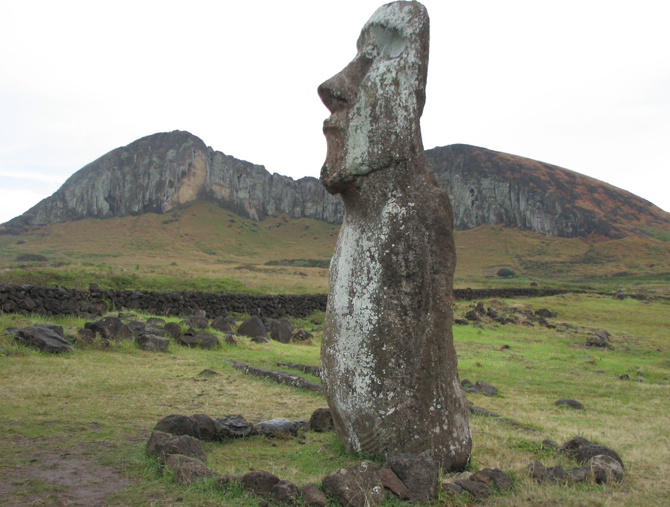
The carved basalt head with the quarry in the background on Easter Island.
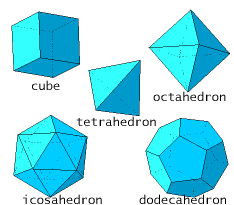
Kepler's early attempts to understand the planets involved his use of the Platonic solids.
Ptolemy's, ancient versus Kepler's, modern conceptions of the planets and sun.
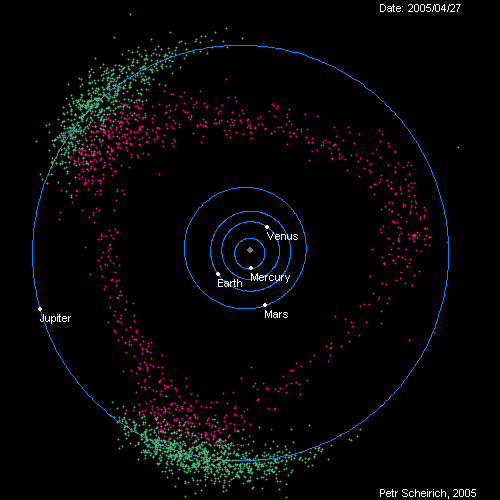
How do the planet's move in contradistinction to how they appear to move?
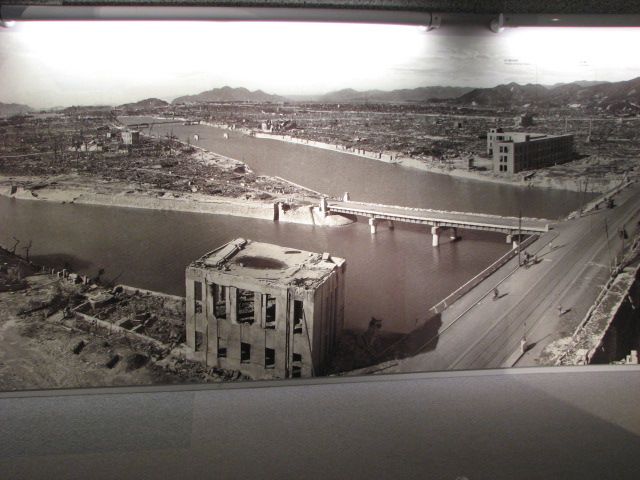
Ground zero in Hiroshima, 1945; did the deployment and use of the atomic bombs herald the dawn of an entirely new age or a retreat into infantilism?
A view from the bridge in Hiroshima over one of the arms of the Ota River delta's estuary.
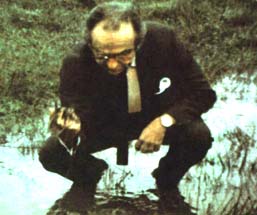 " I beseech you in the bowels of Christ, think it possible that you may be mistaken"
" I beseech you in the bowels of Christ, think it possible that you may be mistaken"
In the soil of Auschwitz, Bronowski had stooped to grasp a handful or earthly remains of those people incarcerated, gassed, and incinerated by the Germans' deliberate and technologically sophisticated means of eradication that we now call genocide.
"I could not, at any age, be content to take my place by the fireside and simply look on. Life was meant to be lived. Curiosity must be kept alive. One must never, for whatever reason, turn his back on life."
Eleanor Roosevelt (1884-1962).

